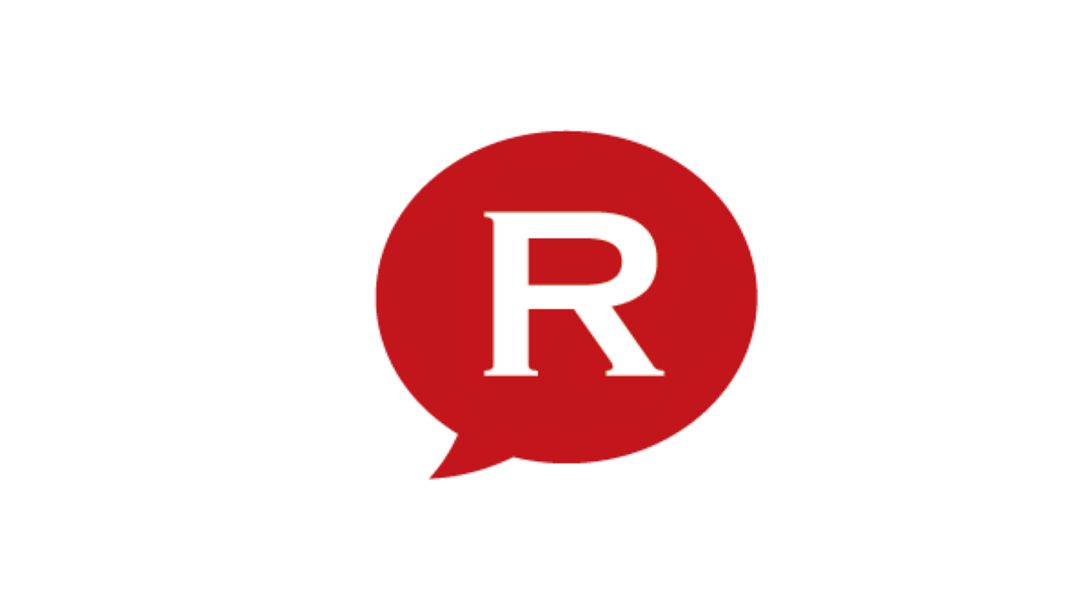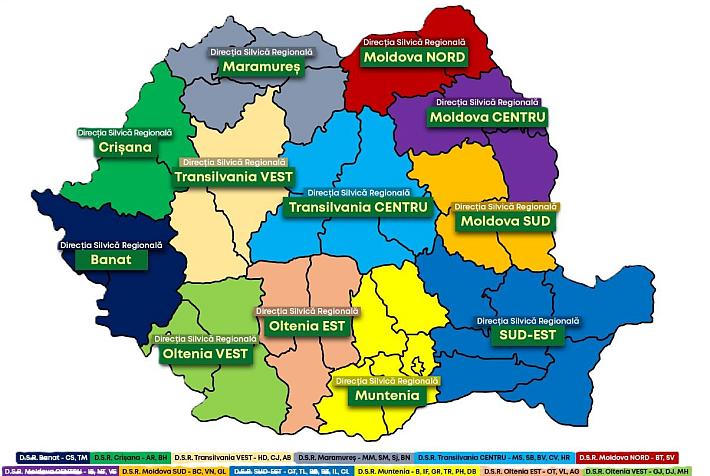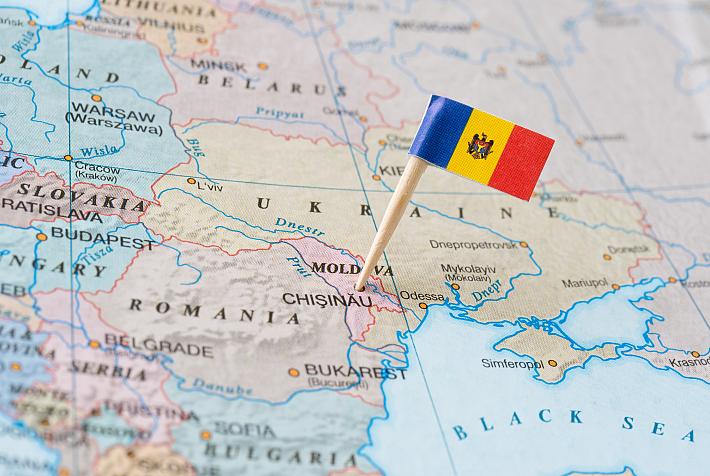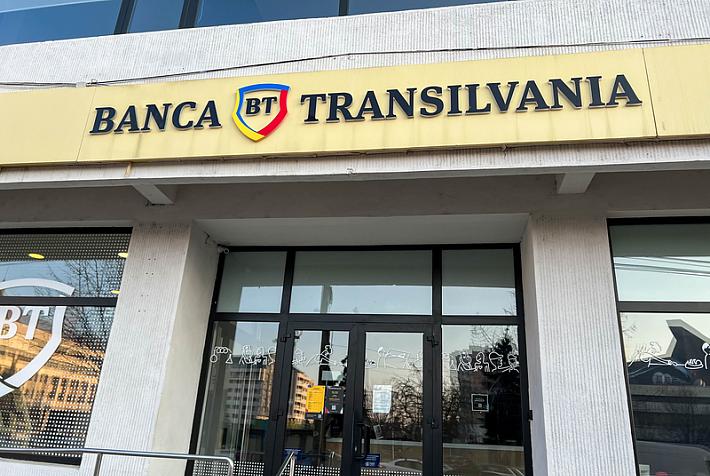Cultural differences in advertising: Romania and Brazil

Since effective communication depends largely on the understanding of different cultures in a world economy, the role of culture in advertising is undoubtedly essential. In this story we're looking at the Romanian and Brazilian advertising markets.
A Romanian agency brought some creative Brazilians to the Romanian market. This triggered some comparison between the Romanian and the Brazilian creative markets. In a nutshell, Romanian ads are very informative with words and celebrities associatied with these words, while Brazilian ads are very visual, the message is in objects. But there's more to it.
Cultural aspects are particularly important in advertising since the effectiveness of messages transmitted via the mass media is determined mostly by the appropriateness of the words and other symbols they employ. Nowadays, understanding cultural differences is frequently considered a prerequisite for successful international advertising. The reasoning is that consumers grow up in a particular culture and hence become accustomed to the value systems, beliefs, and perception processes of that culture. Consequently consumers respond to advertising messages that are congruent with their culture, rewarding advertisers who understand that culture and tailor ads accordingly.
In Romania, ad agencies have creative ideas, but clients are mostly risk-averse and have the tendency to take the safer approach. A very good client service is required here in Romania, essentially convincing clients to buy ideas. In fact, there are a lot of interesting ideas in Romania, but they are implemented for a short time so they do not have a significant impact.
Brazil is different. Brazil enjoys an international reputation for producing some of the world's most creative advertising. The mere mention of Brazil to advertising professionals evokes images of innovative, appealing print ads and commercials—many that have taken top prizes at the Cannes Lions International Advertising Festival and other international competitions.
Successful advertising needs to incorporate functional as well as hedonistic benefits in order to induce positive attitudes amongst the target audience. A strategy pursued by agencies in Romania to target the elderly was to create advertisements that evoked pleasant memories from the communist system, for example. Anecdotal evidence and discussion with brand managers of multinationals in Romania highlighted that such campaigns enjoyed good rates of interest and induced positive attitudes toward the brand, stimulating the emotional stage according to the hierarchy of effects model.
On the other hand, Brazilian advertising tried to stay away from the past. Advertising began to address consumers in a more colloquial voice rather than continuing the more formal language used in the past. This brought advertising closer to consumers and they responded positively to ads that spoke to them like they talk to their friends. This new style can be described as very engaging, humorous, and 'very Brazilian'.
Emotions and prior beliefs can be used to induce positive attitudes to advertising and emulate favorable attitudes toward brands. Brazilian advertisers seem to have an easier life in that sense. Generally speaking, Brazilians like and admire advertising, especially when it is entertaining. It is accepted and tolerated to a much higher degree than anywhere else. Marcio Moreira, Vice Chairman and Chief Talent Officer of McCann World group, and native Brazilian, puts it this way:“The Brazilian public is a sucker for advertising! The cynicism, the skepticism, the questioning, the "I don't buy that" attitude is still not there. It's an environment in which advertising people are stars.”
In Romania, advertising is still controversial. It is obvious that the perception of positive effects is decreasing compared to 2002, which brings challenges to the advertising industry, that has to continually reinvent itself, according to Traian Nastase, Online Project Manager, GfK Romania.
The same situation also applies to the degree to which ads succeed in being funny. If the number of those who believe that advertising is often fun is decreasing (from two-thirds in 2002 to 58 percent in 2011), an exception to this rule are the inhabitants of Bucharest. Advertisers are striving for more attention by trying different approaches.
Advertising is ubiquitous in Brazil. Familiar venues for advertising include television, billboards and signs in city streets, magazines, newspapers, and electronic media. Evening soap operas (telenovelas) are extremely popular and, along with sporting events, especially soccer, provide some of the most coveted advertising space.
The most popular programming continues to be the evening news and the telenovelas that run at 7 and 8 o'clock. It is difficult to overstate the loyalty to and interest in the telenovela in Brazil. Whole families arrange their days so as not to miss the nightly episodes. The associated commercial slots form nearly perfect media opportunities for advertisers. In addition, many products are used and talked about in the soap operas themselves, making product placement a familiar and highly successful marketing device. Other great loves of the Brazilian people are soccer and carnival—both of which create important advertising venues as well.
In Romania, the global economic crisis that started in the fall of 2008 has been a cold shower. The sharp decline in advertising came at a moment when the media environment in Bucharest seemed to be expanding on many levels. However, the sharp decrease in advertising revenue is not the only reason for the crisis affecting the media industry in Romania. As a matter of fact, the signs that something was not working quite right had been visible for a good while for the keen eye. Despite the increase in advertising fueled by the growing economy, the advertising pie had actually been diminishing for the print media.
The quality of content had also been getting weaker with publications trying to make up for lost readers by turning toward sensationalism, and printing less investigations, in-depth stories and other relevant information. TV and radio were also losing audiences, as people doing better economically used them less for escapism.
Going back to Brazil, during the 1970s and 1980s, the Brazilian market was generally closed to foreign imports. When it opened up in the 1990s- about the same time as Romania's market opened after the fall of communism, imported cars, wine, and other luxury goods from abroad became available. Multinational corporations began buying Brazilian businesses and using them to extend their global reach. As a consequence of this transformation of the Brazilian market, the advertising industry also changed.
But the foreign owners could not understand the language, humor, or style of Brazilian advertisements. Moreover, the multinationals wanted campaigns that would work throughout Latin America, not just in Portuguese-speaking Brazil. This linguistic block – the Portuguese language -precluded others understanding and admiring even the most brilliant copy. Moreover, puns, jokes, and other forms of language play did not translate well. Thus, Brazilian advertising became much more dependent on visual communication.
By Irina Budrina, irina.budrina@romania-insider.com











